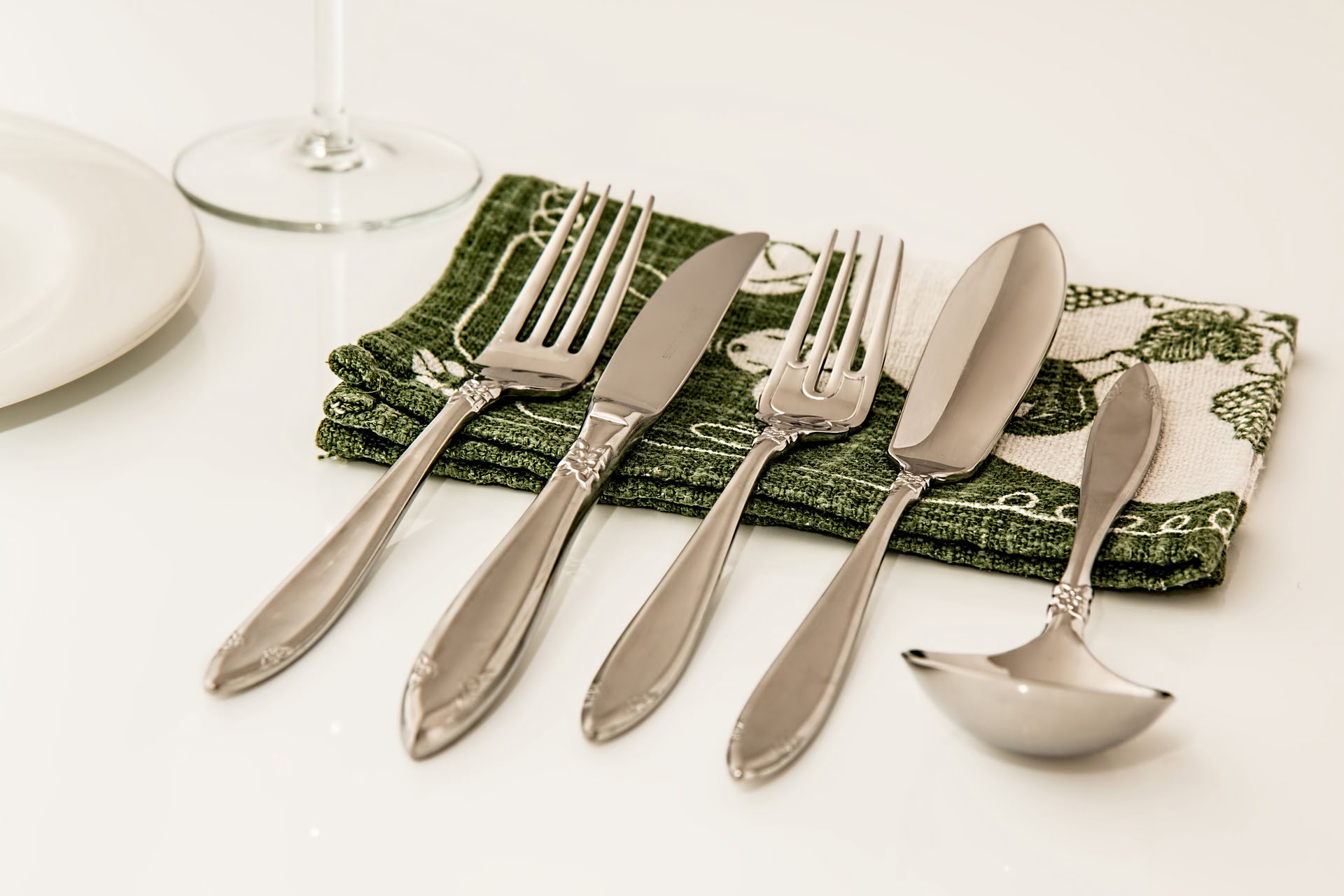

Tableware
How To Clean Cutlery
Modified: January 20, 2024
Discover the best techniques for cleaning your tableware with our comprehensive guide on how to clean cutlery. Keep your table settings sparkling and hygienic for every meal.
(Many of the links in this article redirect to a specific reviewed product. Your purchase of these products through affiliate links helps to generate commission for Storables.com, at no extra cost. Learn more)
Introduction
Welcome to the ultimate guide on how to clean cutlery! Whether you’re a seasoned host or a busy individual looking to keep your tableware sparkling, this article will provide you with all the information you need to maintain your cutlery in top-notch condition.
Cutlery is an essential part of our everyday lives, used for enjoying meals, entertaining guests, and creating memorable dining experiences. However, over time, cutlery can accumulate dirt, tarnish, or even develop stains. By following some simple and effective cleaning techniques, you can restore the shine and beauty of your cutlery, regardless of its material.
In this guide, we will walk you through various methods for cleaning different types of cutlery, including stainless steel, silver, gold-plated, plastic, wooden, and specialty cutlery. We will also discuss proper ways to dry and store your cutlery to prevent any damage or loss of luster.
Before we dive into the specific cleaning techniques, let’s first take a look at some of the tools and materials you’ll need to have on hand:
Key Takeaways:
- Properly maintaining and cleaning cutlery is essential for preserving its shine, hygiene, and longevity. Each type of cutlery requires a different cleaning approach, and proper drying and storage techniques are crucial for maintaining its integrity.
- By incorporating the recommended practices into your routine, you can prolong the life and beauty of your cutlery, ensuring that it continues to enhance the elegance of your table setting. Remember to enjoy the process and appreciate the value that well-cared-for cutlery brings to your dining experiences.
Read more: How To Use Cutlery
Tools and Materials Needed
- Mild dish soap or cutlery cleaner
- Sponge or soft cloth
- Warm water
- Toothbrush or soft-bristled brush
- Vinegar or lemon juice (for silver cutlery)
- Baking soda (for stubborn stains)
- Soft polishing cloth
- Dish rack or towel for drying
- Cutlery tray or divider for storage
Now that you have gathered the necessary tools and materials, let’s move on to the preparation steps before starting the cleaning process.
Key Takeaways:
- Properly maintaining and cleaning cutlery is essential for preserving its shine, hygiene, and longevity. Each type of cutlery requires a different cleaning approach, and proper drying and storage techniques are crucial for maintaining its integrity.
- By incorporating the recommended practices into your routine, you can prolong the life and beauty of your cutlery, ensuring that it continues to enhance the elegance of your table setting. Remember to enjoy the process and appreciate the value that well-cared-for cutlery brings to your dining experiences.
Read more: How To Use Cutlery
Tools and Materials Needed
Before diving into the specific cleaning techniques for different types of cutlery, let’s make sure you have all the necessary tools and materials handy. Having the right supplies will ensure a smooth and effective cleaning process, allowing you to restore your cutlery to its original shine and luster.
Here is a list of essential tools and materials you’ll need:
- Mild dish soap or cutlery cleaner: Choose a gentle, non-abrasive cleaning agent to remove dirt, grease, and stains without damaging the cutlery’s surface. Avoid using harsh chemicals or abrasives that can scratch or tarnish the cutlery.
- Sponge or soft cloth: Opt for a soft and non-abrasive sponge or cloth to apply the cleaning solution. Avoid using abrasive scrubbers or steel wool that can scratch the surface of the cutlery.
- Warm water: Use warm water to create a cleaning solution and rinse the cutlery. Warm water helps to dissolve dirt and grease more effectively.
- Toothbrush or soft-bristled brush: A toothbrush or soft-bristled brush can be handy for tackling hard-to-reach areas and intricate patterns on the cutlery.
- Vinegar or lemon juice (for silver cutlery): If you’re cleaning silver cutlery, vinegar or lemon juice can be used to remove tarnish and restore its shine. These natural acids help in breaking down tarnish and stains on silver.
- Baking soda (for stubborn stains): Baking soda is a gentle yet effective abrasive that can be used to tackle stubborn stains or tarnish on cutlery. It can be mixed with water or used as a paste for more targeted cleaning.
- Soft polishing cloth: A soft and lint-free cloth is essential for polishing the cutlery after cleaning. It helps to remove any residual cleaning agents and brings out the natural shine of the cutlery.
- Dish rack or towel for drying: After cleaning, it’s important to dry the cutlery thoroughly to prevent water spots or corrosion. You can use a dish rack or a clean towel to air-dry the cutlery.
- Cutlery tray or divider for storage: To keep your cutlery organized and protected, consider using a cutlery tray or divider in your kitchen drawer or cabinet. This will help prevent scratches and damage that can occur when cutlery items come in contact with each other.
Having these tools and materials readily available will ensure a hassle-free and efficient cleaning process for your cutlery. Now that you’re fully equipped, let’s move on to the next section: preparation.
Preparation
Before jumping into the cleaning process, it’s important to take a few moments to prepare your workspace and your cutlery. By following these preparation steps, you’ll ensure a smooth and efficient cleaning process.
Here are some key preparation steps to follow:
- Gather your cutlery: Collect all the cutlery items that you plan to clean. If you have a large collection, it may be helpful to sort them by material or type to ensure you use the appropriate cleaning method for each.
- Inspect for any damage: Take a close look at each piece of cutlery to check for any signs of damage such as bent tines, loose handles, or cracks. It’s important to address any damage before cleaning to prevent further harm or breakage.
- Remove any food debris: Before cleaning, make sure to remove any food particles or residues from the cutlery. You can use a soft cloth or a brush to gently wipe away the debris, paying close attention to crevices and hard-to-reach areas.
- Read the manufacturer’s recommendations: If you’re cleaning specialty cutlery or have any doubts about the cleaning process, it’s always a good idea to refer to the manufacturer’s instructions. They may provide specific guidelines for cleaning and maintenance.
- Prepare a cleaning solution: Depending on the type of cutlery you’re cleaning, prepare a cleaning solution as recommended. For stainless steel cutlery, a mild dish soap diluted in warm water is usually sufficient. For silver cutlery, consider using a mixture of warm water and vinegar or lemon juice.
- Protect your hands: As you’ll be dealing with cleaning agents and potentially hot water, it’s important to protect your hands. Consider wearing rubber gloves to keep your hands safe and comfortable during the cleaning process.
By taking these preparation steps, you’ll create a clean and organized workspace and ensure that your cutlery is ready for a thorough cleaning. With everything in place, you’re now ready to dive into the specific cleaning techniques for each type of cutlery. Let’s begin with cleaning stainless steel cutlery.
Cleaning Stainless Steel Cutlery
Stainless steel cutlery is known for its durability and resistance to rust and corrosion. However, it can still accumulate dirt, grease, and stains over time. Regular cleaning will help maintain its shine and keep it looking like new.
Follow these steps to clean your stainless steel cutlery:
- Pre-soak the cutlery: If there are any stubborn or dried-on stains, start by pre-soaking the stainless steel cutlery in warm soapy water for about 15-20 minutes. This will help loosen any residue and make the cleaning process easier.
- Wash with mild dish soap: After pre-soaking, gently wash the stainless steel cutlery with a sponge or soft cloth dipped in a mixture of mild dish soap and warm water. Clean each piece thoroughly, paying attention to all sides and crevices.
- Rinse with warm water: Once the cutlery is clean, rinse it under warm running water to remove any leftover soap residue.
- Dry with a soft cloth: Use a soft, lint-free cloth to dry the stainless steel cutlery immediately after washing. This will prevent water spots and ensure a streak-free shine.
- Polish for extra shine: For an extra shine, you can polish the stainless steel cutlery using a soft polishing cloth or a specialized stainless steel cleaner. Apply the polish in a circular motion, following the grain of the stainless steel, and then buff it dry.
- Store properly: Once the cutlery is clean and dry, store it in a clean and dry cutlery tray or drawer to protect it from scratches and dust. Avoid leaving stainless steel cutlery in contact with other metals, as it can cause discoloration or rusting.
By following these simple steps, you can keep your stainless steel cutlery looking shiny and pristine. Now, let’s move on to the next section: cleaning silver cutlery.
Read more: Who Invented Cutlery
Cleaning Silver Cutlery
Silver cutlery adds an elegant touch to any dining table, but it requires special attention to keep its shine and prevent tarnish. Over time, silver cutlery can develop a dark patina or tarnish due to exposure to air and certain foods. Regular cleaning and maintenance will help restore its luster and keep it looking beautiful.
Follow these steps to clean your silver cutlery:
- Prevent tarnish: To prevent tarnish, store your silver cutlery in an airtight bag or a lined jewelry box. This helps minimize exposure to air and slows down the tarnishing process.
- Hand wash: It’s best to hand wash silver cutlery to avoid damage from harsh detergents and high heat. Use a gentle dish soap and warm water to create a cleaning solution.
- Soak in warm water: Place the silver cutlery in a basin or sink filled with warm water and a few drops of mild dish soap. Let it soak for a few minutes to loosen any dirt or residue.
- Gently clean: Use a soft sponge or cloth to gently clean the silver cutlery. Avoid using abrasive scrubbers or hard-bristled brushes that can scratch the surface.
- Remove tarnish: If there is tarnish present, you can use a mixture of warm water and vinegar or lemon juice to remove it. Immerse the tarnished areas in the mixture for a few minutes, then gently rub the tarnish away with a soft cloth or a sponge.
- Rinse and dry: After cleaning, rinse the silver cutlery under warm running water to remove any soap residue. Dry it thoroughly with a soft cloth to prevent water spots.
- Polish for shine: To restore the shine of your silver cutlery, use a silver polish specifically designed for cutlery. Apply a small amount of polish to a soft cloth and carefully rub it onto the surface of the silver. Follow the manufacturer’s instructions on the polish for the best results.
- Store properly: Once the silver cutlery is clean and dry, store it in a tarnish-resistant cloth or a lined cutlery drawer to keep it protected from air and humidity. This will help slow down the tarnishing process.
With regular cleaning and proper care, your silver cutlery will continue to shine and be enjoyed for years to come. Now, let’s explore how to clean gold-plated cutlery in the next section.
To clean cutlery, soak them in warm soapy water for a few minutes, then scrub with a sponge or brush. Rinse thoroughly and dry with a clean cloth to prevent water spots.
Cleaning Gold-plated Cutlery
Gold-plated cutlery adds a touch of elegance and luxury to your dining experience. However, it requires special care to maintain its beautiful shine and prevent damage to the delicate gold plating. Gold-plated cutlery should be handled with care and cleaned using gentle methods to keep it looking its best.
Here are the steps to effectively clean gold-plated cutlery:
- Prep the cleaning area: Find a clean and clutter-free area to clean your gold-plated cutlery. Place a soft towel or cloth on the surface to protect it from scratches during the cleaning process.
- Gently rinse: Start by rinsing the gold-plated cutlery under warm running water to remove any loose debris or food particles.
- Wash with mild dish soap: Use a mild dish soap and warm water to create a gentle cleaning solution. Dip a soft sponge or cloth into the soapy water and gently clean the gold-plated cutlery. Avoid scrubbing too vigorously, as it can cause the gold plating to chip or wear off.
- Avoid abrasive materials: Do not use abrasive scrubbers, harsh chemicals, or abrasive cleaning agents on gold-plated cutlery. These can scratch or damage the delicate gold plating.
- Rinse carefully: After cleaning, rinse the gold-plated cutlery under warm water to remove any soap residue. Ensure that all the soap is rinsed off thoroughly to prevent any residue from dulling or discoloring the gold plating.
- Dry gently: Pat dry the gold-plated cutlery using a soft, lint-free cloth. Avoid using rough or abrasive materials that can scratch or damage the plated surface.
- Polish with a soft cloth: To enhance the shine of the gold-plated cutlery, gently polish it using a soft, non-abrasive cloth. Use light pressure and gentle motions to avoid any potential damage.
- Store properly: When not in use, store your gold-plated cutlery in a lined cutlery box or a protective cloth pouch. This will help prevent scratching or tarnishing and keep it safe from dust and humidity.
By following these steps and taking gentle care of your gold-plated cutlery, it will continue to impress guests and add a glamorous touch to your dining table. Now, let’s move on to the next section: cleaning plastic cutlery.
Cleaning Plastic Cutlery
Plastic cutlery is a popular and convenient choice for outdoor picnics, parties, and casual dining occasions. While plastic cutlery is typically disposable, there are times when you may want to clean and reuse them, such as in an effort to reduce waste or for personal preference. Cleaning plastic cutlery is a simple process that can help keep them looking clean and hygienic.
Follow these steps to effectively clean plastic cutlery:
- Remove food residue: Before cleaning, ensure that any leftover food residue is removed from the plastic cutlery. Use a soft brush or sponge to gently scrub away any stubborn particles.
- Prepare a cleaning solution: Fill a basin or sink with warm water and add a few drops of mild dish soap. Mix the soap and water to create a soapy solution.
- Soak the plastic cutlery: Place the plastic cutlery in the soapy solution and allow them to soak for a few minutes. This will help loosen any dirt or stains on the surface.
- Scrub gently: Using a soft sponge or brush, gently scrub the plastic cutlery to remove any remaining stubborn stains or residue. Avoid using abrasive scrubbers or harsh chemicals that can scratch or damage the plastic.
- Rinse thoroughly: Once the plastic cutlery is clean, rinse it thoroughly under running water to remove any soap residue.
- Dry completely: Shake off any excess water from the plastic cutlery and place them on a clean towel or dish rack to air dry completely. Ensure that they are dry before storing to prevent the growth of mold or mildew.
- Store in a clean, dry place: Once the plastic cutlery is dry, store them in a clean and dry place until their next use. Consider using a separate container or drawer to keep them organized and separate from other utensils.
- Dispose properly, if necessary: If your plastic cutlery is meant for single-use only, make sure to dispose of them in the appropriate recycling or waste bin after use.
By following these simple steps, you can keep your plastic cutlery clean and ready to use for your next gathering or meal. Now, let’s move on to the next section: cleaning wooden cutlery.
Cleaning Wooden Cutlery
Wooden cutlery adds warmth and a rustic touch to dining settings, making it a popular choice for many. However, wooden cutlery requires special care to maintain its natural beauty and longevity. Cleaning wooden cutlery involves gentle methods to protect the wood from excessive moisture and prevent warping or cracking.
Follow these steps to effectively clean wooden cutlery:
- Hand wash only: Wooden cutlery should never be cleaned in the dishwasher. Instead, wash the cutlery by hand using warm water and a mild dish soap. Avoid soaking the wooden cutlery for extended periods as this can cause the wood to absorb excess moisture.
- Gently scrub: Use a soft sponge or cloth to gently scrub the wooden cutlery, paying extra attention to any food residue or stains. Avoid using abrasive scrubbers or brushes that can scratch or damage the wood.
- Rinse quickly: Rinse the wooden cutlery under running water, ensuring that all soap residue is completely removed. However, do not let the cutlery soak in water or leave it submerged for too long.
- Pat dry: After rinsing, immediately pat dry the wooden cutlery with a clean, absorbent cloth. Ensure that all moisture is removed to prevent the wood from warping or cracking.
- Air dry: Place the wooden cutlery in a well-ventilated area to air dry completely. Avoid exposing it to direct sunlight or heat sources, as this can cause the wood to dry out and potentially crack.
- Apply oil: To maintain the moisture balance and protect the wood, periodically apply a food-grade oil specifically formulated for wooden utensils. This helps to prevent the wood from drying out and preserves its natural beauty.
- Store properly: Store the wooden cutlery in a clean, dry, and well-ventilated area. It’s best to store them in an upright position or in a cutlery tray to prevent any deformation.
- Avoid harsh chemicals: Avoid using harsh chemicals or bleach on the wooden cutlery, as they can damage the wood and strip it of its natural oils.
- Inspect regularly: Regularly inspect the wooden cutlery for any signs of mold, mildew, or damage. If any issues are found, address them promptly to ensure the longevity of the cutlery.
By following these steps and providing the proper care, you can enjoy your wooden cutlery for years to come. Now, let’s move on to the next section: cleaning specialty cutlery.
Read more: What Is Cutlery
Cleaning Specialty Cutlery
Specialty cutlery, such as antique or ornate pieces, requires extra care when cleaning to preserve their unique craftsmanship and avoid potential damage. The cleaning steps for specialty cutlery may vary depending on the material, design, and intricacy of the pieces. It’s crucial to handle these pieces with care and follow specific guidelines to ensure their longevity.
Here are some general tips for cleaning specialty cutlery:
- Read the manufacturer’s instructions: If your specialty cutlery came with specific cleaning instructions or recommendations, be sure to follow them accordingly. The manufacturer’s guidelines will ensure that you clean the cutlery without damaging the special features or materials.
- Inspect for delicate details: Before cleaning, carefully inspect the specialty cutlery for any delicate details, gemstones, or intricate patterns. Take note of any areas that require extra care or should be avoided during the cleaning process.
- Gentle hand wash: Most specialty cutlery should be hand washed to prevent damage. Use a mild dish soap and lukewarm water to create a gentle cleaning solution.
- Use a soft cloth or brush: When cleaning, opt for a soft cloth or a brush with soft bristles to avoid scratching or damaging the cutlery’s surface. Gently wipe or brush along the curves and crevices, paying attention to intricate details.
- Spot cleaning: For small areas or stubborn stains, you can use a cotton swab or a soft-bristled toothbrush dipped in the cleaning solution to gently spot clean those specific areas.
- Rinse with care: Rinse the specialty cutlery under lukewarm water, taking care to remove all traces of soap residue. Ensure that the water pressure is not too strong, as it can dislodge delicate parts or gemstones.
- Dry gently: After rinsing, carefully pat dry the specialty cutlery using a soft, lint-free cloth. Avoid rubbing too vigorously, especially around delicate parts or gemstones.
- Polish if necessary: If the specialty cutlery requires polishing, use a specialized polishing cloth or a gentle metal cleaner specifically designed for the material. Follow the instructions provided by the manufacturer to achieve the desired shine without harming the piece.
- Handle with care: Finally, always handle specialty cutlery with care to prevent accidental dropping or impact. Store them in a dedicated container or display case to protect them from dust, moisture, and potential damage.
It’s essential to approach cleaning specialty cutlery with caution and respect for the unique characteristics and craftsmanship of each piece. By following these general guidelines and any specific instructions provided, you can ensure the longevity and beauty of your specialty cutlery collection.
Now that you know how to clean different types of cutlery, it’s time to move on to the next section: drying and storing cutlery.
Drying and Storing Cutlery
Proper drying and storage of cutlery are crucial for preserving their quality, preventing damage, and maintaining their shine. Whether you’re dealing with stainless steel, silver, gold-plated, plastic, wood, or specialty cutlery, following the right practices for drying and storage will ensure their longevity and keep them ready for use whenever needed.
Here are some essential steps for drying and storing cutlery:
- Dry immediately: After washing the cutlery, it’s important to dry it promptly to prevent water spots and potential corrosion. Use a soft, lint-free cloth to thoroughly dry each piece, paying attention to spaces between handles and tines.
- Air drying: If air drying is preferred, place the cleaned cutlery on a dish rack or towel in a well-ventilated area. Make sure the cutlery is arranged in a way that allows air to circulate freely.
- Avoid stacking: When air drying or storing, avoid stacking wet or damp cutlery on top of each other, as this can trap moisture and promote the growth of bacteria or cause scratching.
- Do not towel dry silver: For silver cutlery, avoid using a towel to dry it, as it can potentially cause scratching or remove the applied silver polish. Instead, opt for air drying or use a soft polishing cloth specifically designed for silver.
- Consider hand-drying specialty cutlery: For specialty cutlery pieces, such as antique or delicate items, consider hand-drying them with a soft, non-abrasive cloth to ensure the utmost care and protection.
- Separate cutlery: When storing cutlery, it’s important to separate the different types to prevent damage or discoloration. Use a cutlery tray or divider to keep each type of cutlery organized and separate from other utensils.
- Protect silver from tarnish: For silver cutlery, consider using anti-tarnish strips or silica gel packs in the storage area to absorb moisture and prevent tarnishing. Store it in a tarnish-resistant cloth or a lined cutlery drawer for added protection.
- Avoid exposure to extreme conditions: Keep cutlery away from direct sunlight, heat sources, and excessive humidity, as these conditions can cause damage or discoloration.
- Regular maintenance: Periodically check on your stored cutlery to ensure that it remains in good condition. If any signs of damage, tarnish, or discoloration are spotted, address them promptly to prevent further deterioration.
- Follow manufacturer recommendations: Always refer to the manufacturer’s guidelines for specific instructions on drying and storing your cutlery. They may provide additional recommendations or precautions based on the particular material and design of your cutlery.
By following these steps and best practices, you can ensure that your cutlery remains in excellent condition and is easily accessible whenever you need it. Proper drying and storage will contribute to the longevity and beauty of your cutlery collection.
Now that you’re well-equipped with the knowledge of cleaning, drying, and storing cutlery, you can confidently maintain and preserve the beauty of your tableware. Remember to enjoy the process and appreciate the value that well-cared-for cutlery brings to your dining experiences.
Happy cleaning!
Conclusion
Your cutlery plays a vital role in creating memorable dining experiences, and taking proper care of it is essential for preserving its shine, hygiene, and longevity. By following the techniques and tips outlined in this comprehensive guide, you now have the knowledge and confidence to clean and maintain various types of cutlery.
Remember to gather the necessary tools and materials, such as mild dish soap, a soft sponge or cloth, warm water, and specific cleaners for silver or specialty cutlery. Take the time to prepare your workspace and inspect the cutlery for any damage or stubborn residue before cleaning.
Each type of cutlery requires a different approach to cleaning. Stainless steel cutlery can be cleaned with mild dish soap and warm water, while silver cutlery benefits from a mixture of warm water and vinegar or lemon juice to remove tarnish. Gold-plated cutlery should be handled delicately, avoiding harsh chemicals, and washed with a gentle touch. Plastic cutlery can be cleaned with a mild dish soap and warm water solution, while wooden cutlery requires gentle hand washing and proper drying to prevent damage.
For specialty cutlery, it’s crucial to read and follow the manufacturer’s instructions, as they often have specific guidelines for cleaning and maintenance. Additionally, proper drying and storage techniques are essential for maintaining the integrity of your cutlery. Be sure to dry the cutlery thoroughly with a soft cloth and store it in the appropriate trays or dividers to prevent damage and keep it organized.
By incorporating these practices into your routine, you will prolong the life and beauty of your cutlery, maintaining its charm for years to come. Regularly inspect and address any damage or signs of tarnish promptly to prevent further deterioration.
Remember, your cutlery serves as a reflection of your style and attention to detail, making each dining experience more enjoyable. Treat your cutlery with care, and it will continue to enhance the beauty and elegance of your table setting.
Now armed with this comprehensive guide, you can confidently clean, dry, and store your cutlery, ensuring that it remains in excellent condition and ready to impress. So, go ahead and showcase your dazzling cutlery collection and create memorable dining moments for yourself and your guests.
Happy cleaning and bon appétit!
Frequently Asked Questions about How To Clean Cutlery
Was this page helpful?
At Storables.com, we guarantee accurate and reliable information. Our content, validated by Expert Board Contributors, is crafted following stringent Editorial Policies. We're committed to providing you with well-researched, expert-backed insights for all your informational needs.
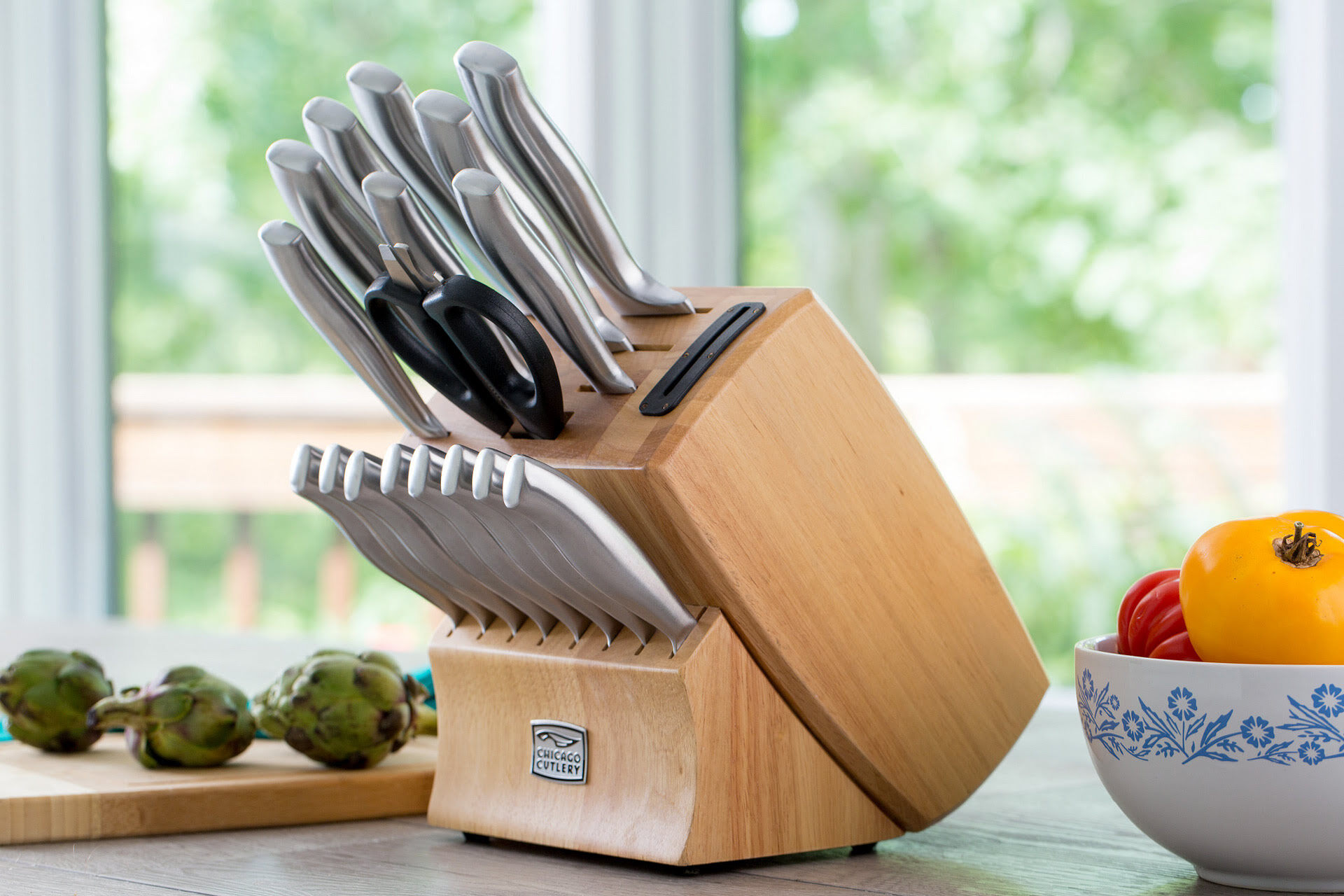
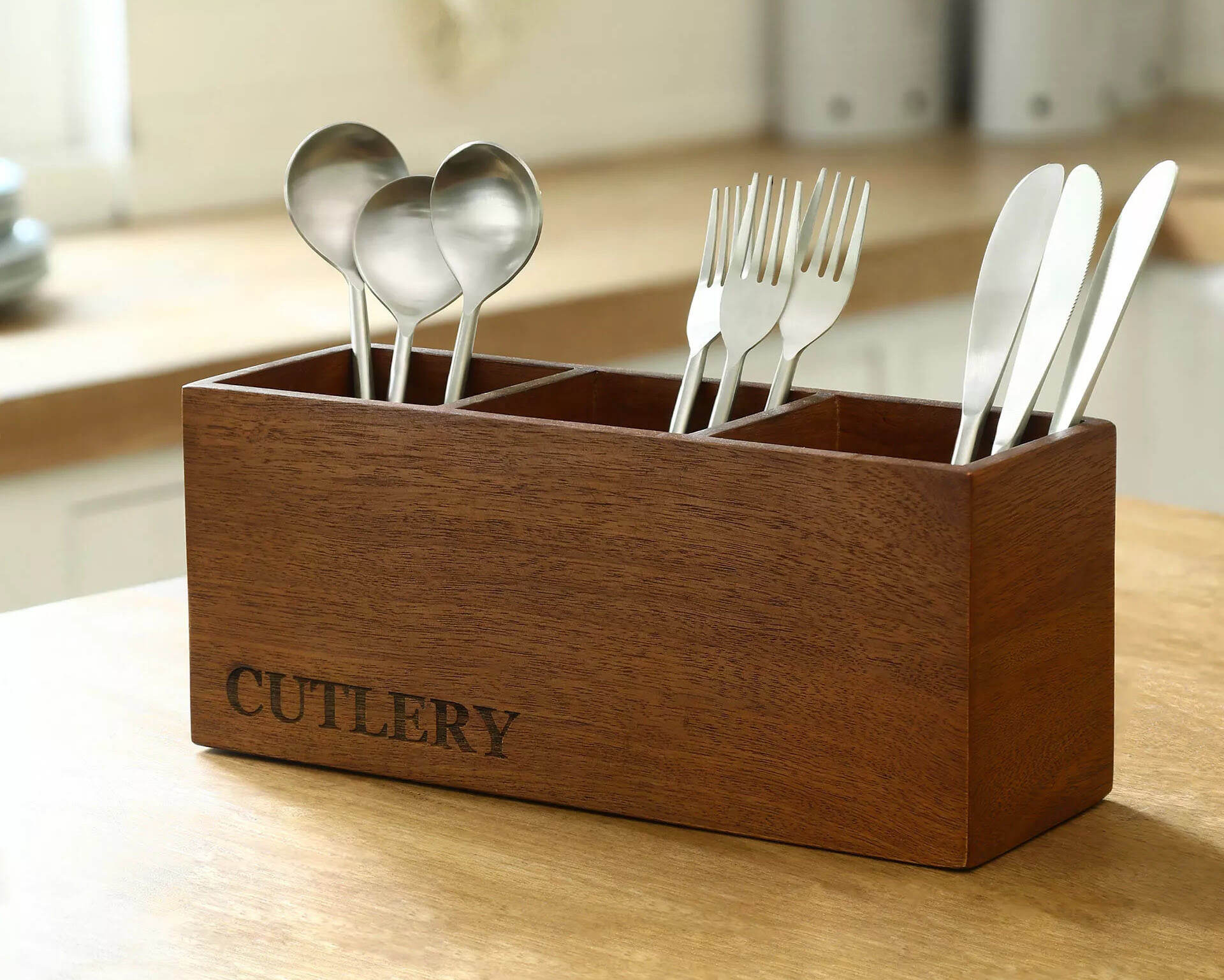
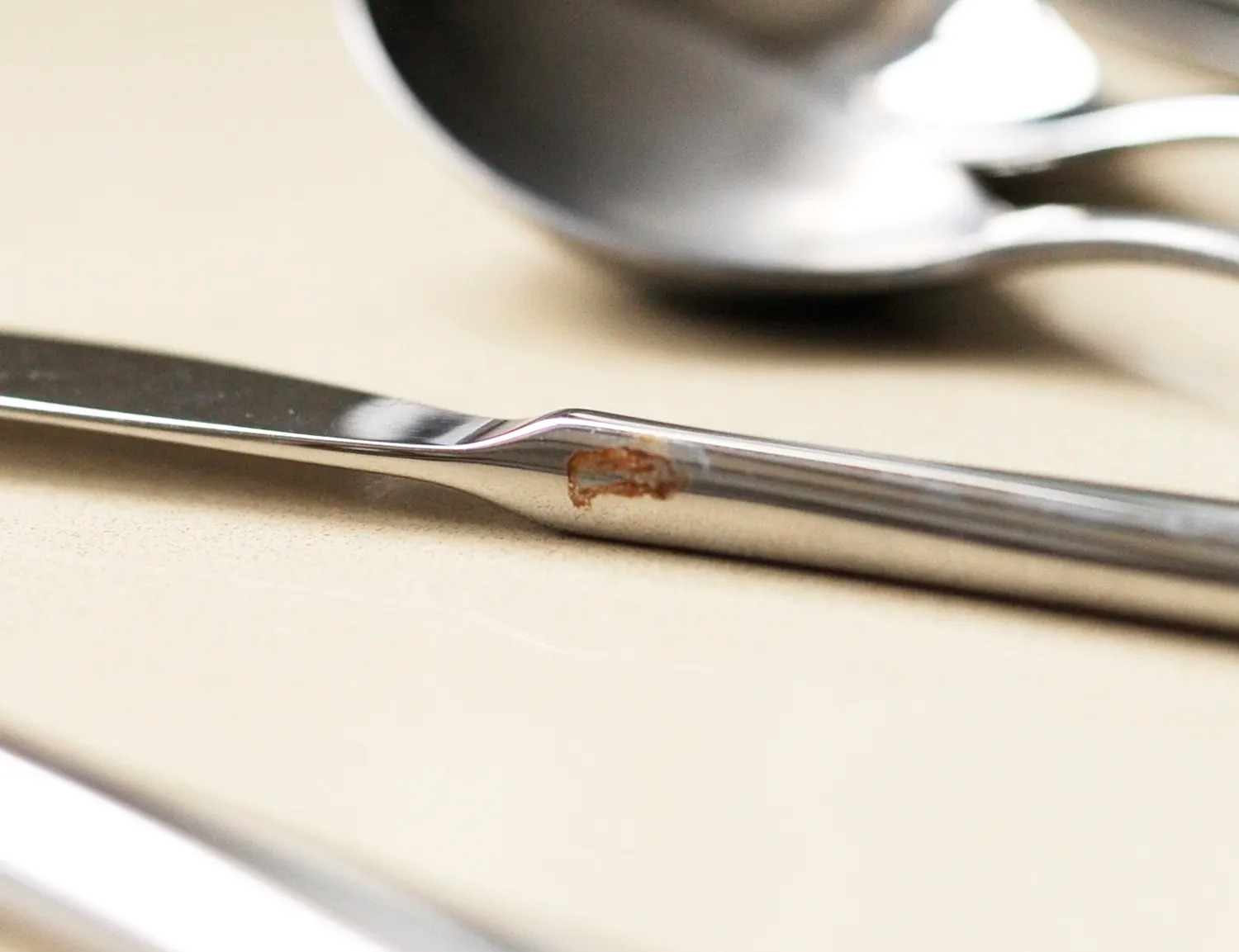
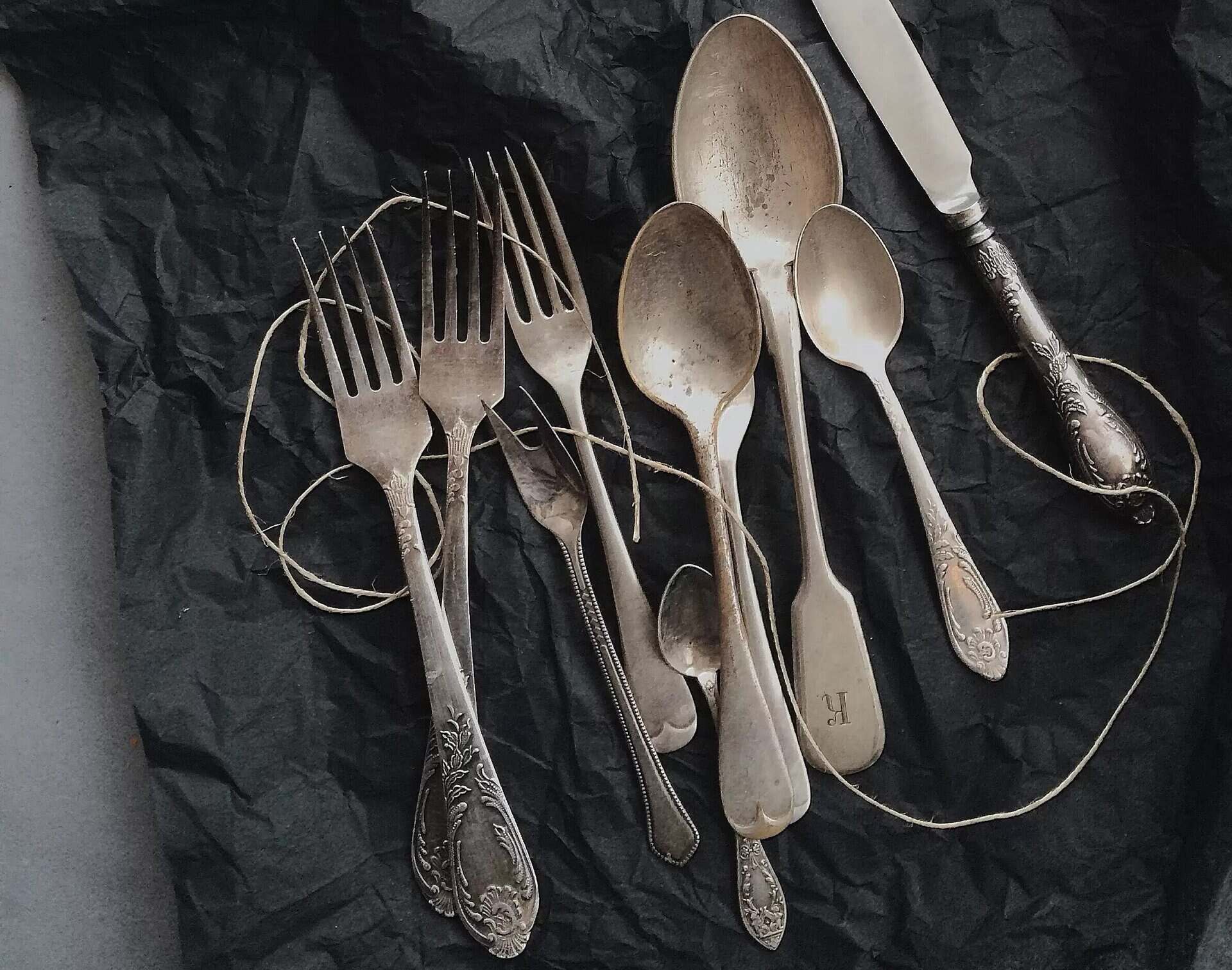
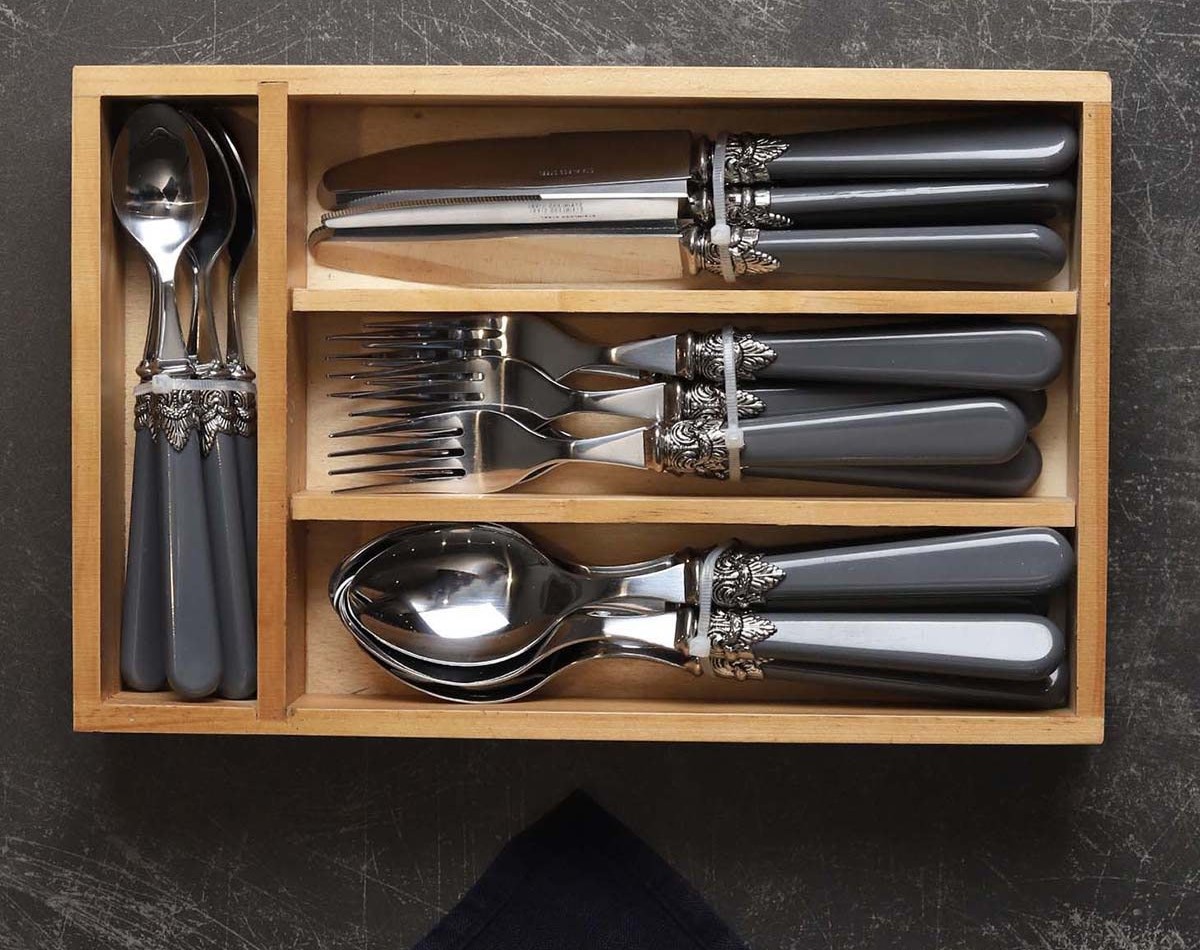
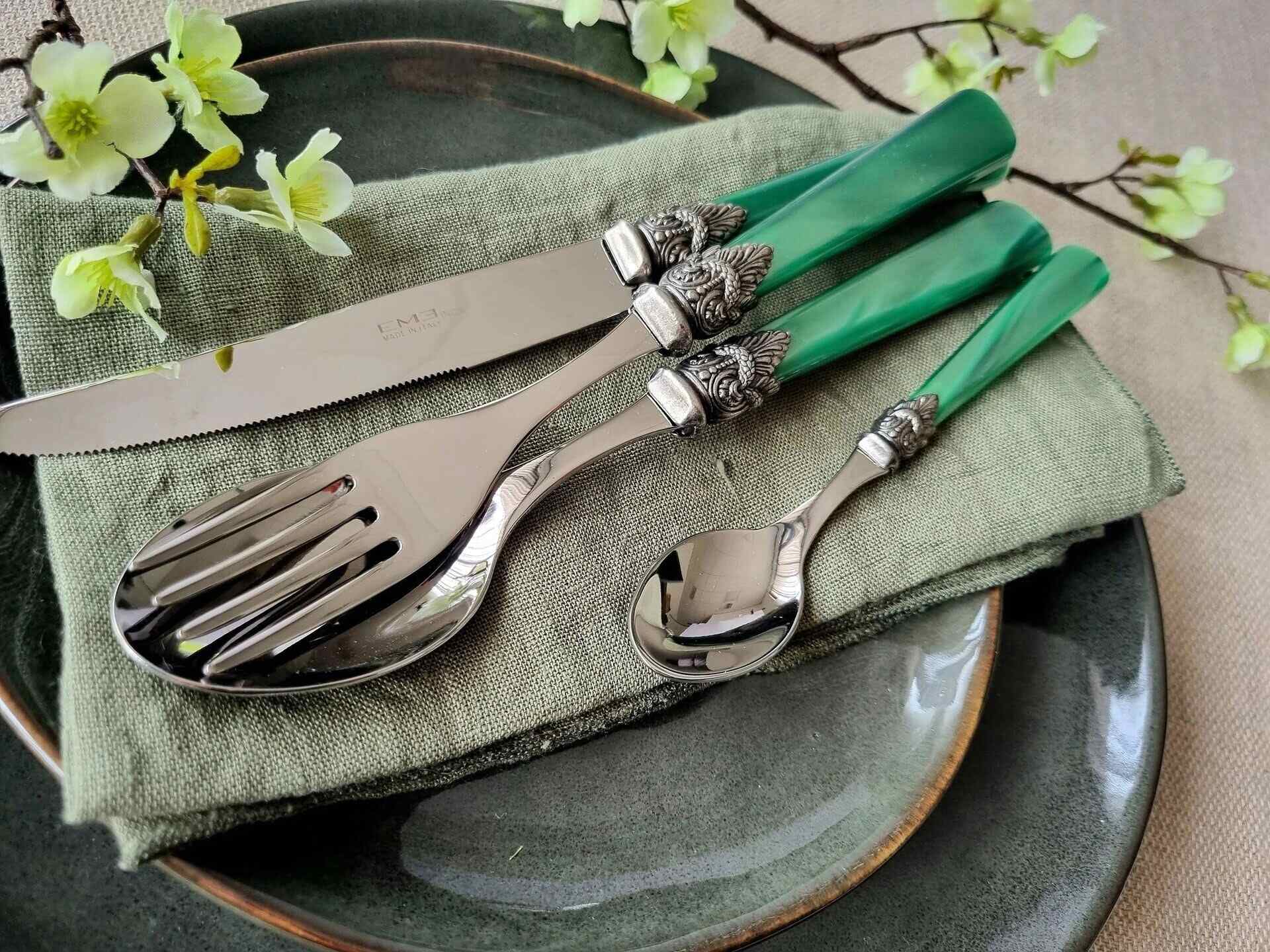
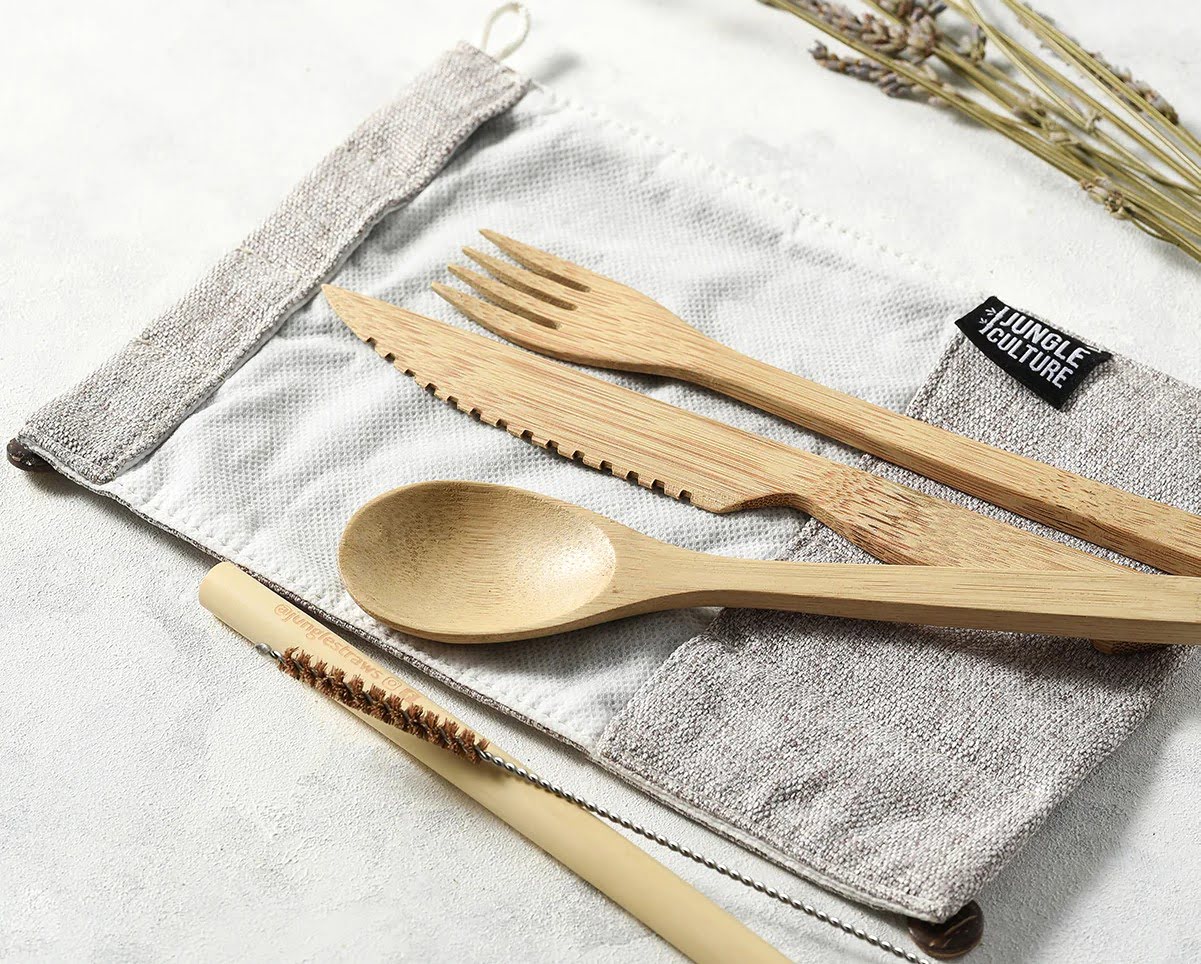
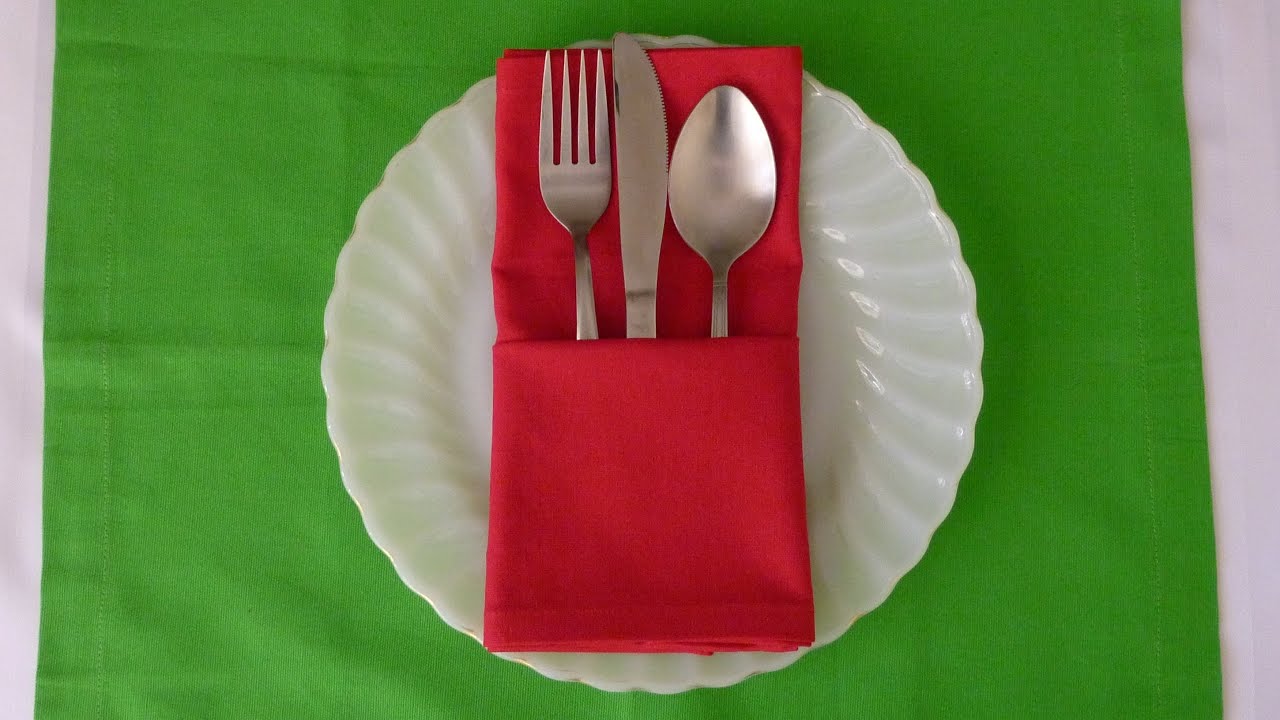
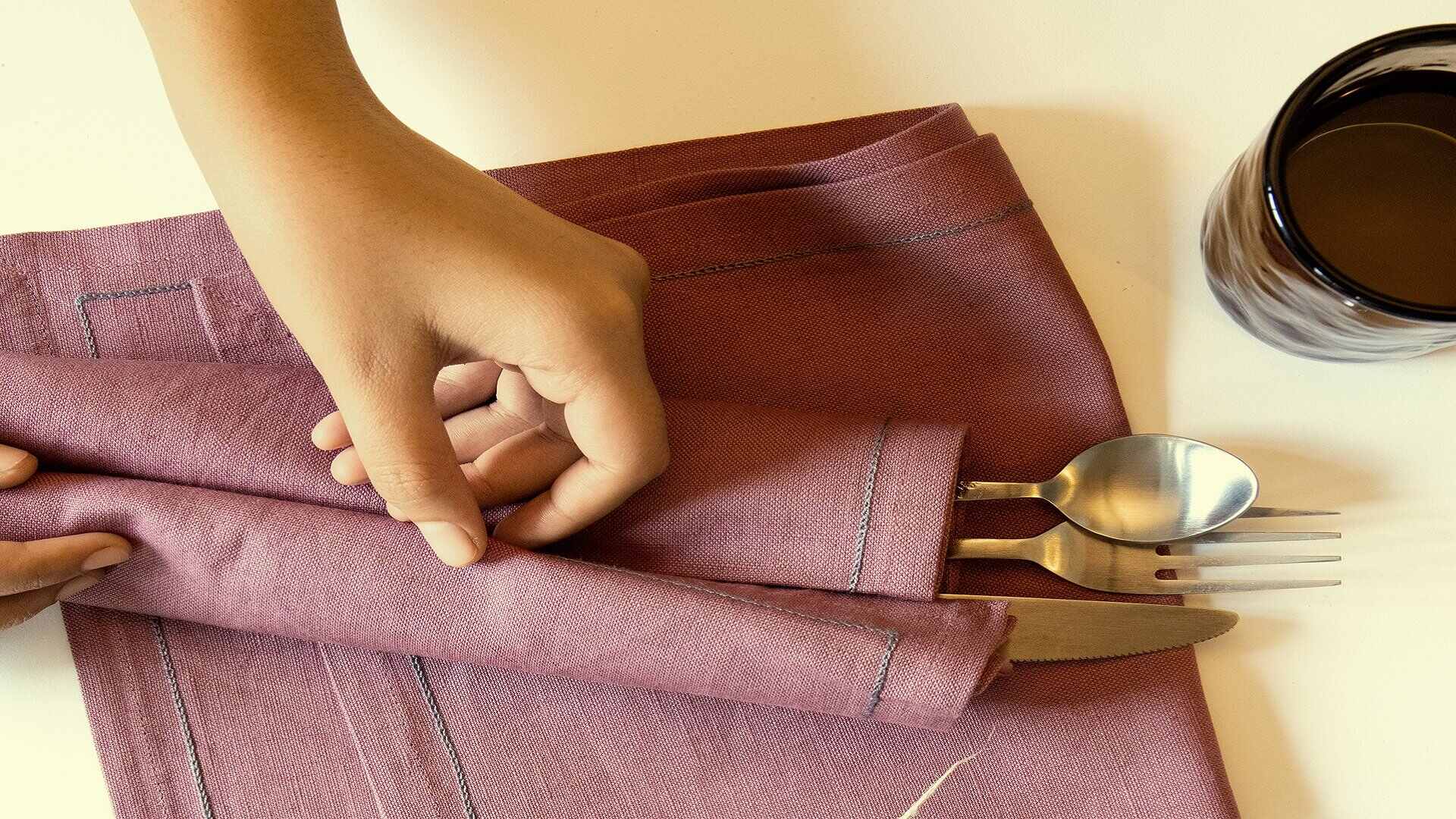
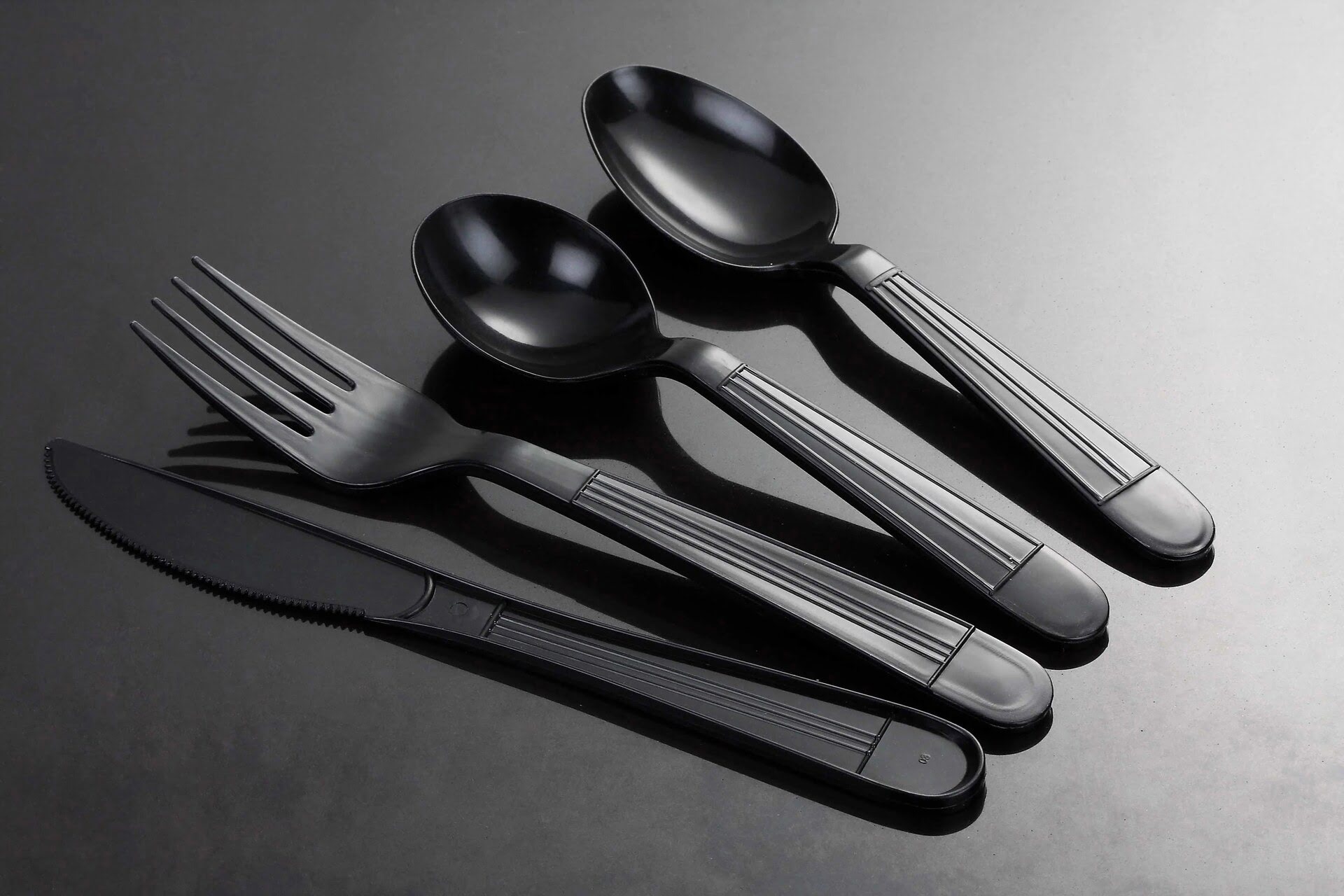
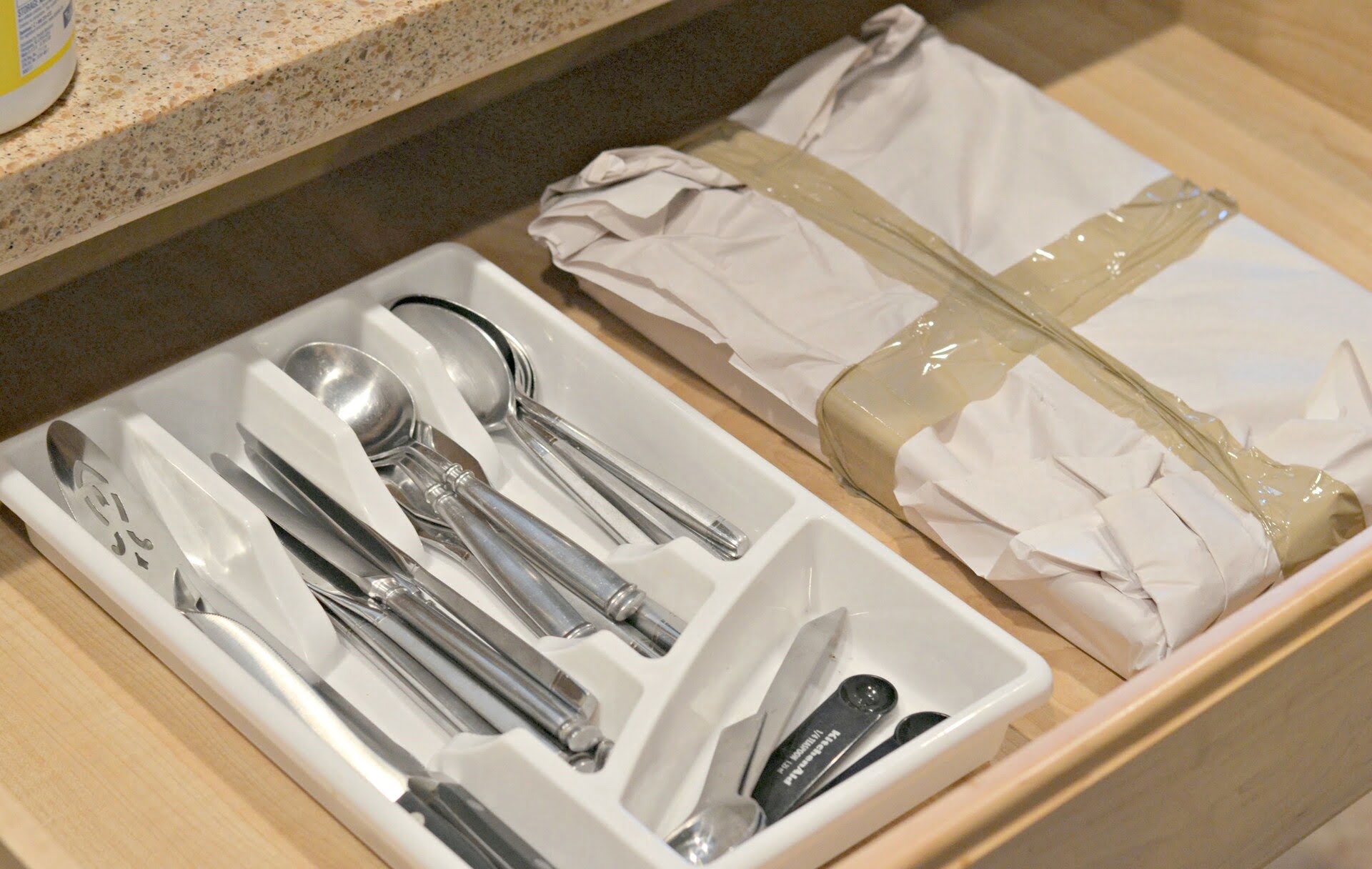
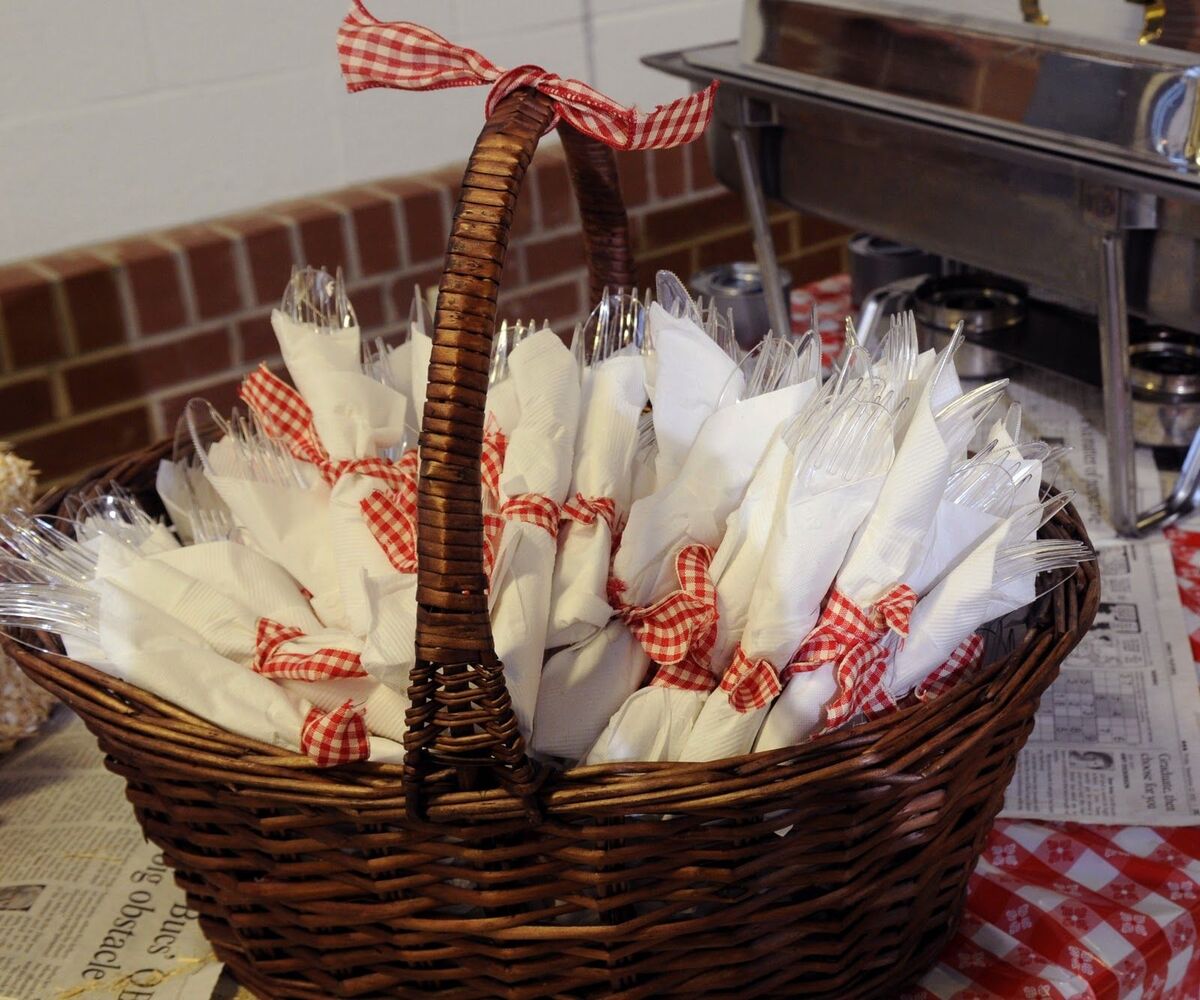
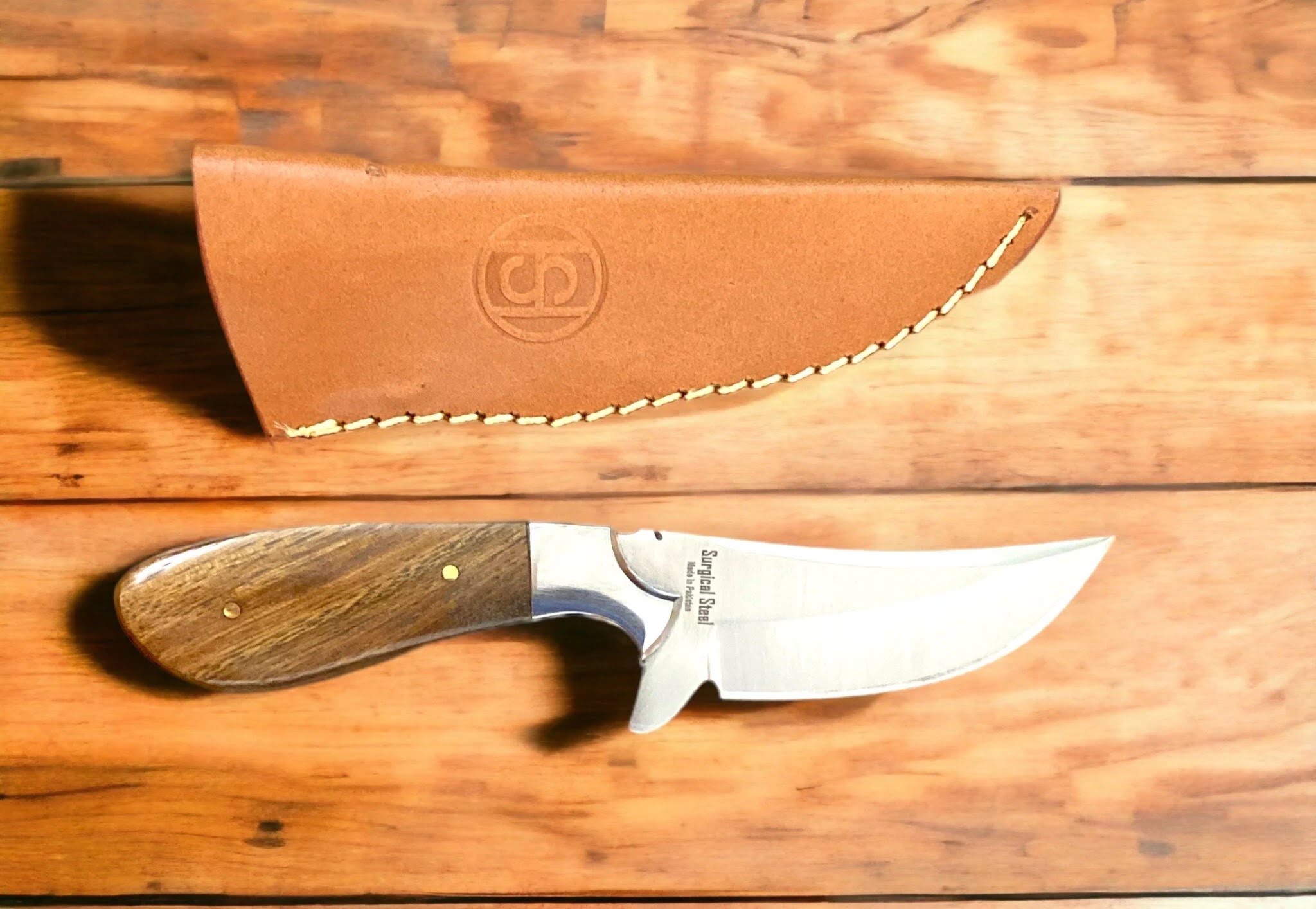

0 thoughts on “How To Clean Cutlery”